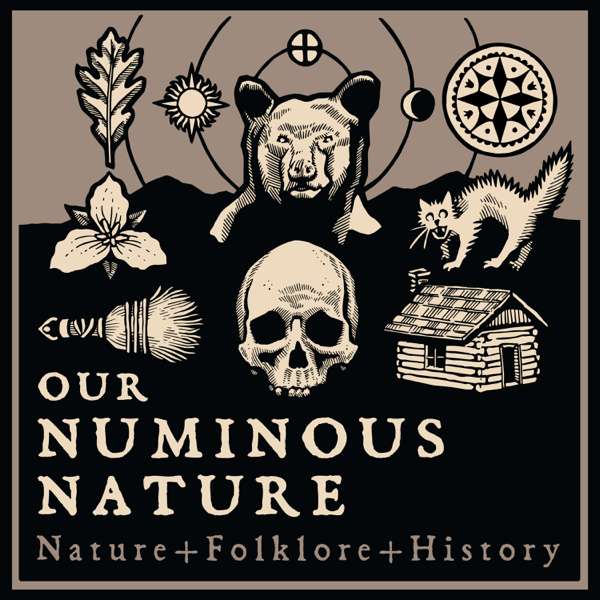This Mother’s Day weekend, treat Mom to a wildflower walk at one of our local gardens.
Spectacular blooms are on view now at the California Botanic Garden. Heading up the list of unusual colors is the sulfur yellow Conejo buckwheat. Electric and royal blues, bright pinks, and lavenders are represented by several penstemons and an array of sages. Pretty but prickly are colorful hedgehog cactus, cholla cactus species, prickly pear cactus and beavertail cactus. Evening primrose, phlox species, yucca and agave are quite dramatic even if they are dressed “only” in white blossoms!
At the Theodore Payne Foundation, showy penstemon is a prolific bloomer decorating TPF's gardens in vivid purple. Also exciting, the first of the Matilija poppy, or fried egg flowers have opened along the parking, inviting visitors to explore more in the garden. Chia can be found blooming around the demonstration gardens, Wildflower Hill, and the sales yard along with California brittlebush, common sunflower, many sages. Both prickly pear and beavertail cacti are also very showy.
Be sure to check out gifts for Mom in the Theodore Payne Store, including hanging planter baskets, cards by Lesley Goren, watering cans, Monarch seed collection, or a gift card!
The La Alba Trail along the Murrieta Hogbacks runs adjacent to the Santa Rosa Plateau. Unlike the relatively easy to moderate trails of the Plateau, the La Alba hiking loop is more challenging, but rewards with the iconic sights, sounds and fragrance of pristine coastal sage scrub, one of the most cherished plant communities in California. Everything is in full bloom. Keystone species like black sage, California buckwheat, sagebrush and deerweed are in prolific bloom and attracting pollinators. Nice pockets of wildflowers include Mariposa lily, baby blue eyes, goldfields, and phacelia. It is also a habitat that is popular for birders. Adding to the enjoyment are stunning views of the surrounding Santa Ana Mountains wilderness.
At Figueroa Mountain, it’s "hide and seek" wildflowering in several places where the maturing tall grasses conceal many individual blooms. For those willing to wander, the mountain holds several flowering finds: bouquets of small white Cream cups, scattered purple Wine Cup Clarkia, pink Checker Bloom, andvibrant Dudleya dotting the hillsides. White Globe Gilia mixed and vivid lupineare plentiful.
In areas burned by the Station Fire, annuals are taking advantage of the lower competition for resources. Bright orange poppiesand blue-white lupine blanket the hillsides in the burn scar, contrasting with the charred skeletons of oaks and pines and the ash-covered ground. Nature’s resilience is evident as almost every fire-blackened tree and bush has fresh green growth at its base.

 Our TOPPODCAST Picks
Our TOPPODCAST Picks  Stay Connected
Stay Connected







